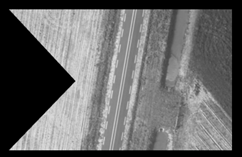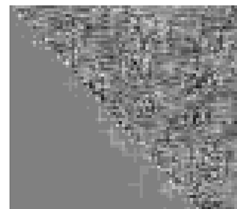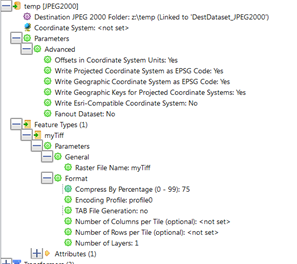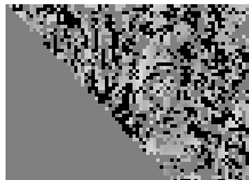I have a TIFF file I am converting from 32Real to JP2 16Uint. The TIFF has NoData = -9999. I run a RasterCellValueReplacer to change -9999 to 0 and set NoData to Yes. Next is the RasterBandInterpretationCoercer to make it a 16UInt. When run, the JP2 has edge chatter with pixel values that were NoData now having values from 1 to 10. What is causing this edge chatter and how do I remove it?
Question
NoData Edge chatter in JPG conversion from TIF
This post is closed to further activity.
It may be an old question, an answered question, an implemented idea, or a notification-only post.
Please check post dates before relying on any information in a question or answer.
For follow-up or related questions, please post a new question or idea.
If there is a genuine update to be made, please contact us and request that the post is reopened.
It may be an old question, an answered question, an implemented idea, or a notification-only post.
Please check post dates before relying on any information in a question or answer.
For follow-up or related questions, please post a new question or idea.
If there is a genuine update to be made, please contact us and request that the post is reopened.









